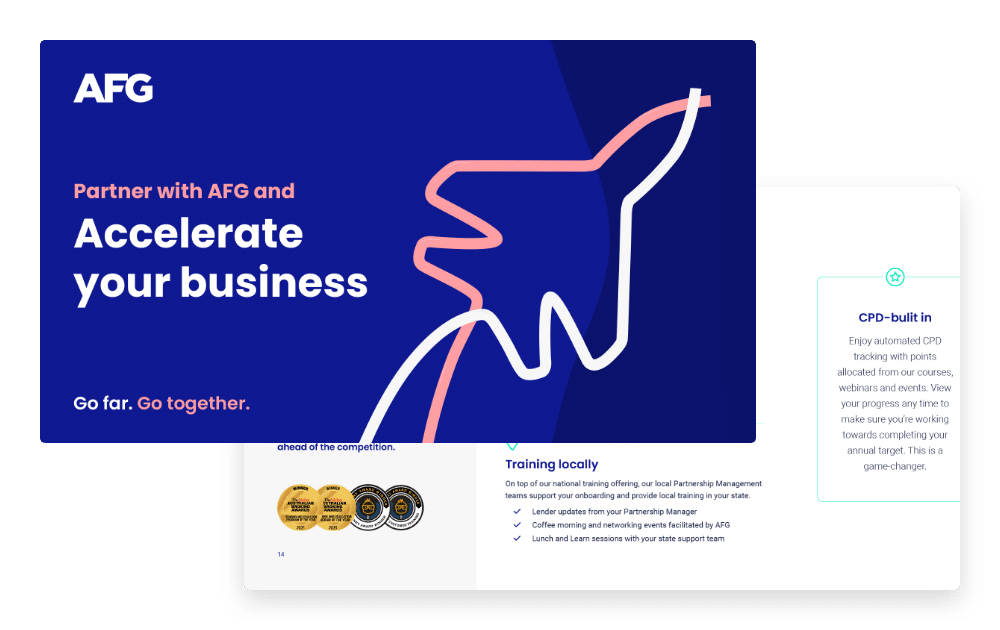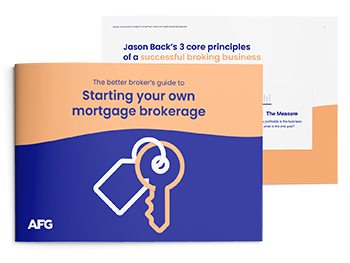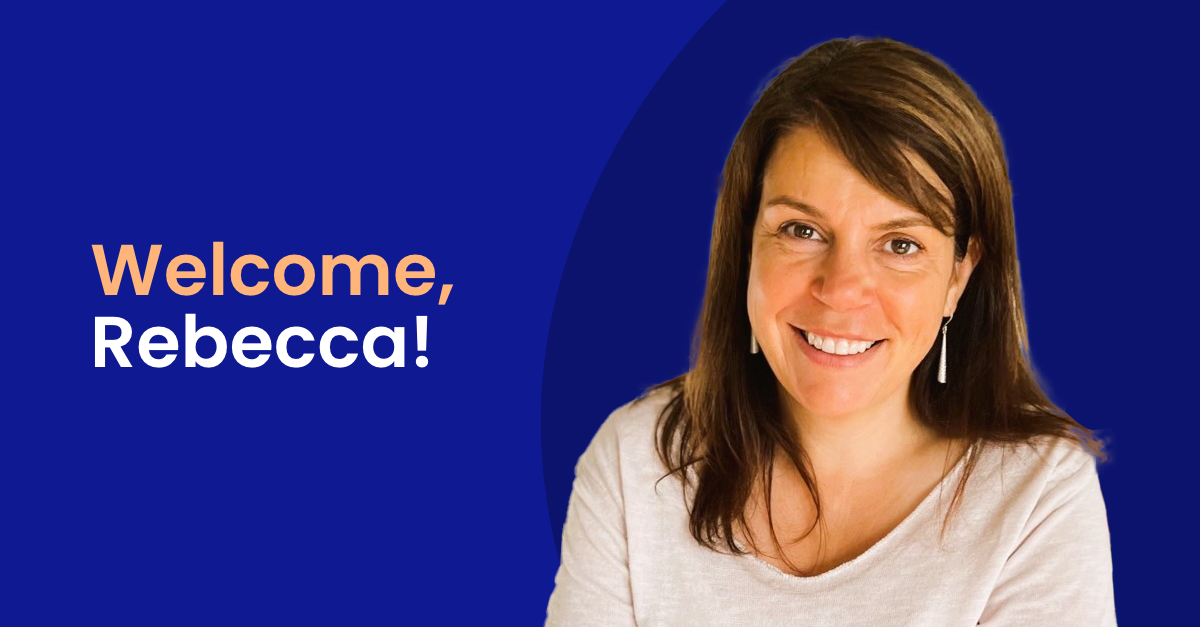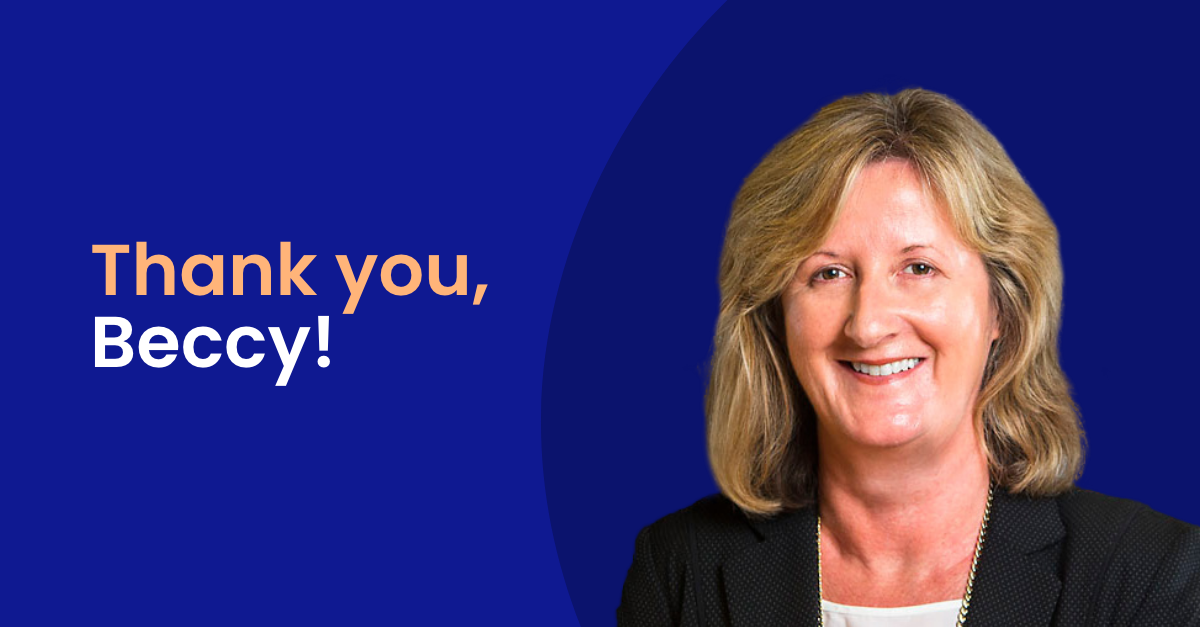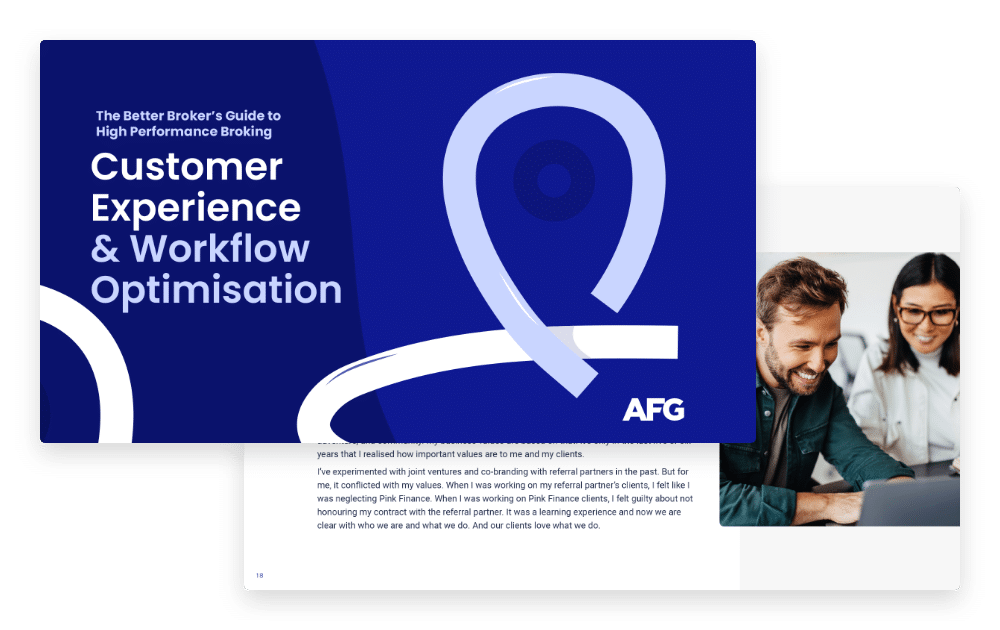Finding the right home loan is as important as finding the right property.
There are literally hundreds of home loans available, with new products emerging all the time.
An AFG broker can help you find a loan that suits your particular needs, help you complete the paperwork, professionally package it with your supporting documents and submit it to your chosen lender.
When you’re ready, ask your broker to call you to discuss next steps. Here’s a snapshot of the main types of home loans and some of their pros and cons.
Variable
Standard variable loans are the most popular home loan in Australia. Interest rates go up or down over the life of the loan depending on the official rate set by the Reserve Bank of Australia and funding costs. Your regular repayments pay off both the interest and some of the principal.
You can also choose a basic variable loan, which offers a discounted interest rate but has fewer loan features, such as a redraw facility and repayment flexibility.
Pros
- If interest rates fall, the size of your minimum repayments will too.
- Standard variable loans allow you to make extra repayments. Even small extra payments can cut the length and cost of your mortgage.
- Basic variable loans often don’t come with a redraw facility, removing the temptation to spend money you’ve already paid off your loan.
Cons
- If interest rates rise, the size of your repayments will too.
- Increased loan repayments due to rate rises could impact your household budget, so make sure you take potential interest rate hikes into account when working out how much money to borrow.
- You need to be disciplined around the redraw facility on a standard variable loan. If you dip into it too often, it will take much longer and cost more to pay off your loan.
- If you have a basic variable loan, you won’t be able to pay it off quicker or get access to money you have already repaid if you ever need it.
Fixed
The interest rate is fixed for a certain period, usually the first one to five years of the loan. This means your regular repayments stay the same regardless of changes in interest rates. At the end of the fixed period, you can decide whether to fix the rate again, at whatever rate lenders are offering, or move to a variable loan.
Pros
Your regular repayments are unaffected by increases in interest rates.
You can manage your household budget better during the fixed period, knowing exactly how much is needed to repay your home loan.
Cons
If interest rates go down, you don’t benefit from the decrease. Your regular repayments stay the same.
You can end up paying more than someone with a variable loan if rates remain higher under your agreed fixed rate for a prolonged period.
There is very limited opportunity for additional repayments during the fixed rate period.
You may be penalised financially if you exit the loan before the end of the fixed rate period.
Split rate loans
Your loan amount is split, so one part is variable, and the other is fixed. You decide on the proportion of variable and fixed. You enjoy some of the flexibility of a variable loan along with the certainty of a fixed rate loan.
Pros
- Your regular repayments will vary less when interest rates change, making it easier to budget.
- If interest rates fall, your regular repayments on the variable portion will too.
- You can repay the variable part of the loan quicker if you wish.
Cons
- If interest rates rise, your regular repayments on the variable portion will too.
- Only limited additional repayments of the fixed rate portion are allowed.
- You will be penalised financially if you exit the fixed portion of the loan early.
Interest only
You repay only the interest on the amount borrowed usually for the first one to five years of the loan, although some lenders offer longer terms. Because you’re not also paying off the principal, your monthly repayments are lower. At the end of the interest-only period, you begin to pay off both interest and principal. These loans are especially popular with investors who plan to pay off the principal when the property is sold, having achieved capital growth.
Pros
- Lower regular repayments during the interest only period.
- If it is not a fixed rate loan, you have the flexibility to pay off, and often redraw, the principal at your convenience.
Cons
- At the end of the interest-only period, you have the same level of debt as when you started.
- If you’re not able to extend your interest-only period, you could face the possibility of increased repayments.
- You could face a sudden increase in regular repayments at the end of the interest-only period.
Low Doc
Popular with self-employed people, these loans require less documentation or proof of income than most, but often carry higher interest rates or require a larger deposit because of the perceived higher lender risk. In most cases, you will be financially better off getting together full documentation for another type of loan. But if this isn’t possible, a low doc loan may be your best opportunity to borrow money.
Pros
- Lower requirement for evidence of income. May overlook non-existent or poor credit rating.
Cons
- You will probably pay higher interest than with other home loan types or may need a larger deposit, or both.

